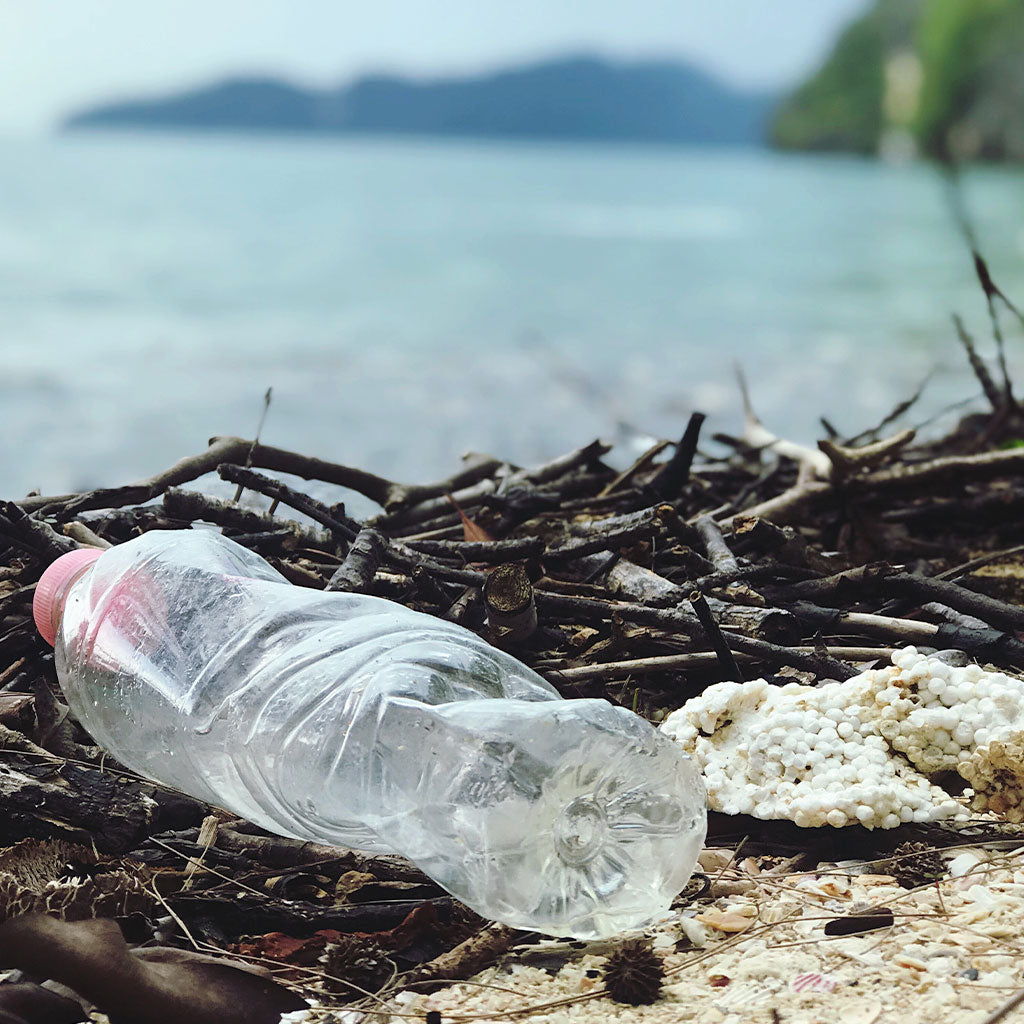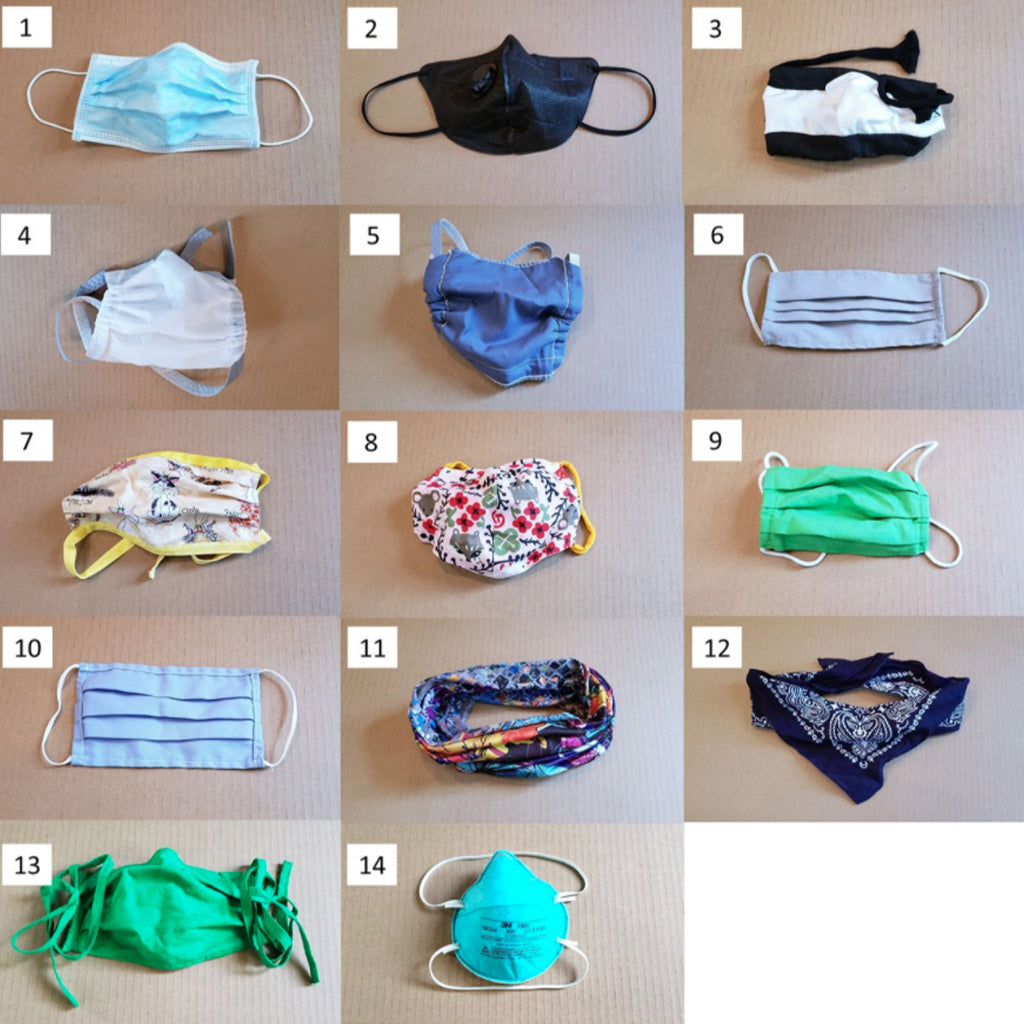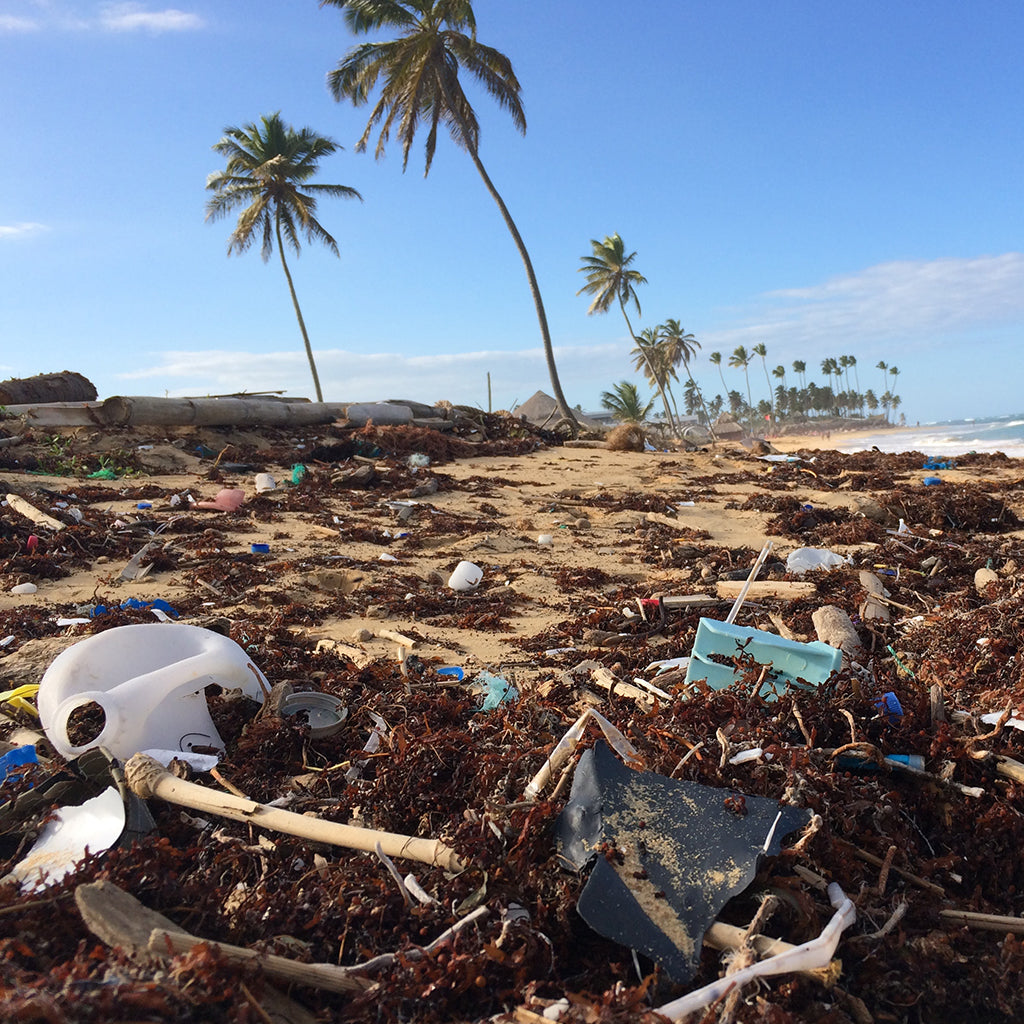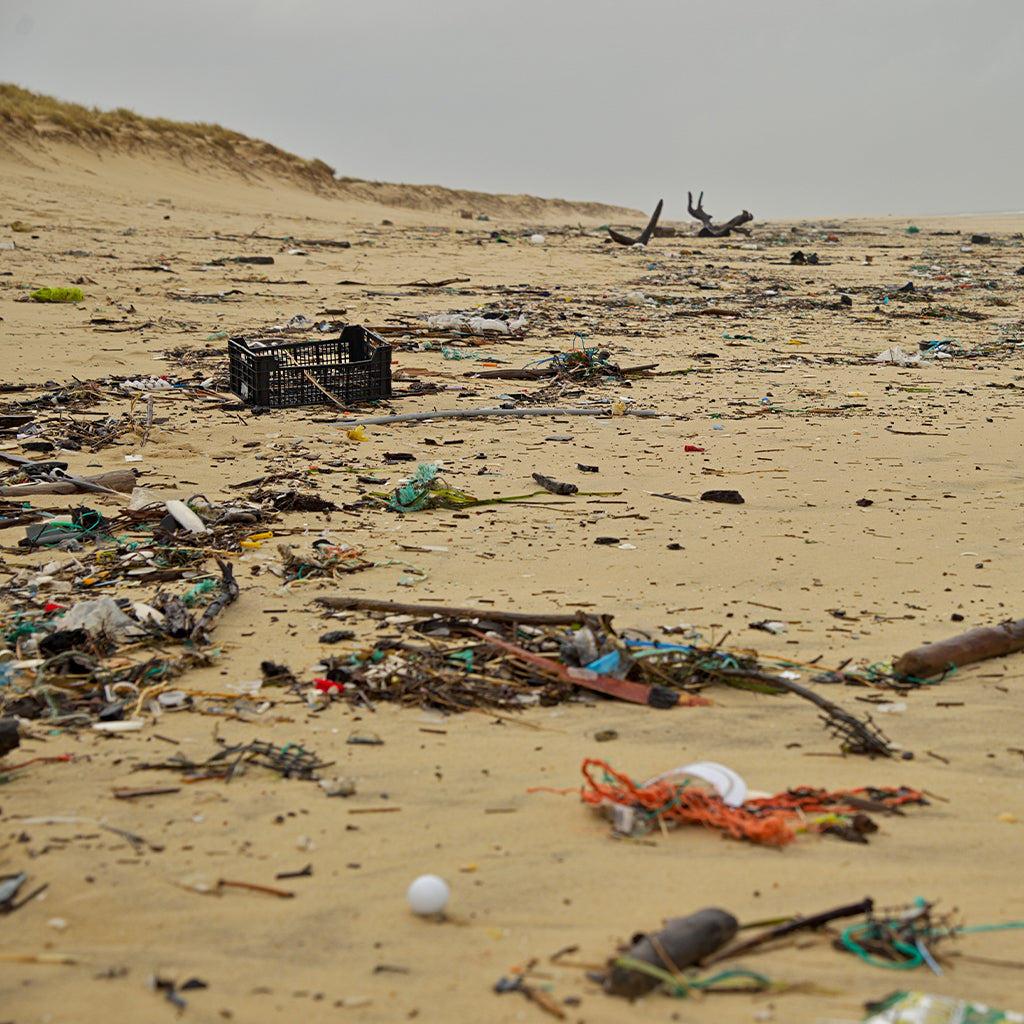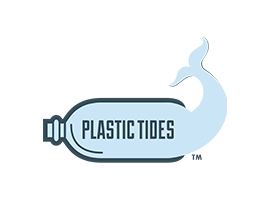The Average Person Eats Thousands of Bits of Plastic Each Year
THE TINY PIECES of plastic scientists call microplastics are everywhere. They sit at the bottom of the sea, mix into beach sand, and blow in the wind. They’re also inside us.
Last October, microplastics were found in fecal samples from eight people participating in a pilot study to research how much humans might be inadvertently consuming plastic.
Now, a new study in the journal Environmental Science and Technology says it’s possible that humans may be consuming anywhere from 39,000 to 52,000 microplastic particles a year. With added estimates of how much microplastic might be inhaled, that number is more than 74,000.
How did they estimate this range?
A microplastic particle is any piece of plastic smaller than five millimeters, but many are much smaller and only visible under a microscope.
The study reviewed existing research on microplastics found in beer, salt, seafood, sugar, alcohol, and honey. To calculate how often one person might eat each of those items in a year, the study looked at recommendations made by the U.S. Department of Agriculture.
Currently, the existing research on microplastics in food represents only 15 percent of the calories consumed by the average person.
The research team also looked at studies that reviewed the amount of microplastics in drinking water and air. People who meet their recommended water intake through tap water ingest an additional 4,000 plastic particles annually, while those who drink only bottled water ingest an additional 90,000, the study found.
Study author Kieran Cox expects that his conclusions are underestimates, and that it’s likely people are consuming far more.
“A lot of the items we considered are the ones you’re eating raw. We haven’t gotten to the layers and layers of plastic packaging,” Cox says. “I think it’s probably the case that more plastic is being added than we realize.”
One study published in 2018 in the journal Environmental Pollution concluded that people were more likely to ingest plastic through dust in their environment than by eating shellfish.
What are the health impacts?
So what happens to plastic once it’s in your body? Does it enter your bloodstream? Does it sink into your gut? Or does it simply pass through without doing harm?
Scientists still aren’t quite sure about the amount of microplastics a body can tolerate or how much damage they do. In 2017, a study out of King’s College in London hypothesized that, over time, the cumulative effect of ingesting plastic could be toxic. Different types of plastic have varying toxic properties. Some are made with toxic chemicals like chlorine, while others pick up trace amounts of chemicals like lead found in the environment. A build up of these toxins over time could impact the immune system.
When researchers from Johns Hopkins looked at the impact of eating seafood contaminated with microplastics, they too found the accumulated plastic could damage the immune system and upset a gut’s balance.
Cox says scientists are scrambling to understand the dose at which microplastics start to have noticeable health effects. Like air pollution or harmful construction materials, those who have more exposure or preexisting conditions may be less able to tolerate plastic.
Leah Bendell, an ecotoxicologist at Simon Fraser University in Canada, says Cox’s study takes a simplistic look at a complex issue with many variables, “but the conclusion that we are ingesting lots of microplastics I think is valid.”
She says it’s important to remember that microplastics come in the form of fragments, pellets, beads, fibers, and film. It can be made up of from a number of different materials with hundreds of different chemical additives. For this reason, she describes microplastics as having “multiple personalities.” Some might harbor toxic chemicals, while others could be suitable vectors for bacteria and parasites.
A plastic-free diet?
Humans consume microplastics via many channels. We might ingest them while eating seafood, breath them in through the air, or consume food with trace amounts of its plastic packaging.
For this reason, it’s difficult to completely avoid them, says Cox, “if not impossible.”
Certain lifestyle changes like drinking trap water instead of bottled water would reduce the amount of microplastics a person consumes, he says.
Among the research they reviewed, microfibers were by far the most commonly found type of plastic. Microfibers shed from textiles like nylon and polyester. They often wash off clothes and enter the ecosystem through washing machine wastewater.
Fragments of plastic like those commonly used for bags and straws were the second most common plastic found.
Cox says he hopes his research highlights that plastic pollution extends beyond marine wildlife.
“We haven’t considered ourselves to be a potential impact [of plastic pollution],” he says, “but we are.”
Contact us to learn more about using our products!
Total Papers
11837 Goldring Rd, Arcadia, CA, 91006
(800) 919-6880
info@totalpapers.com


